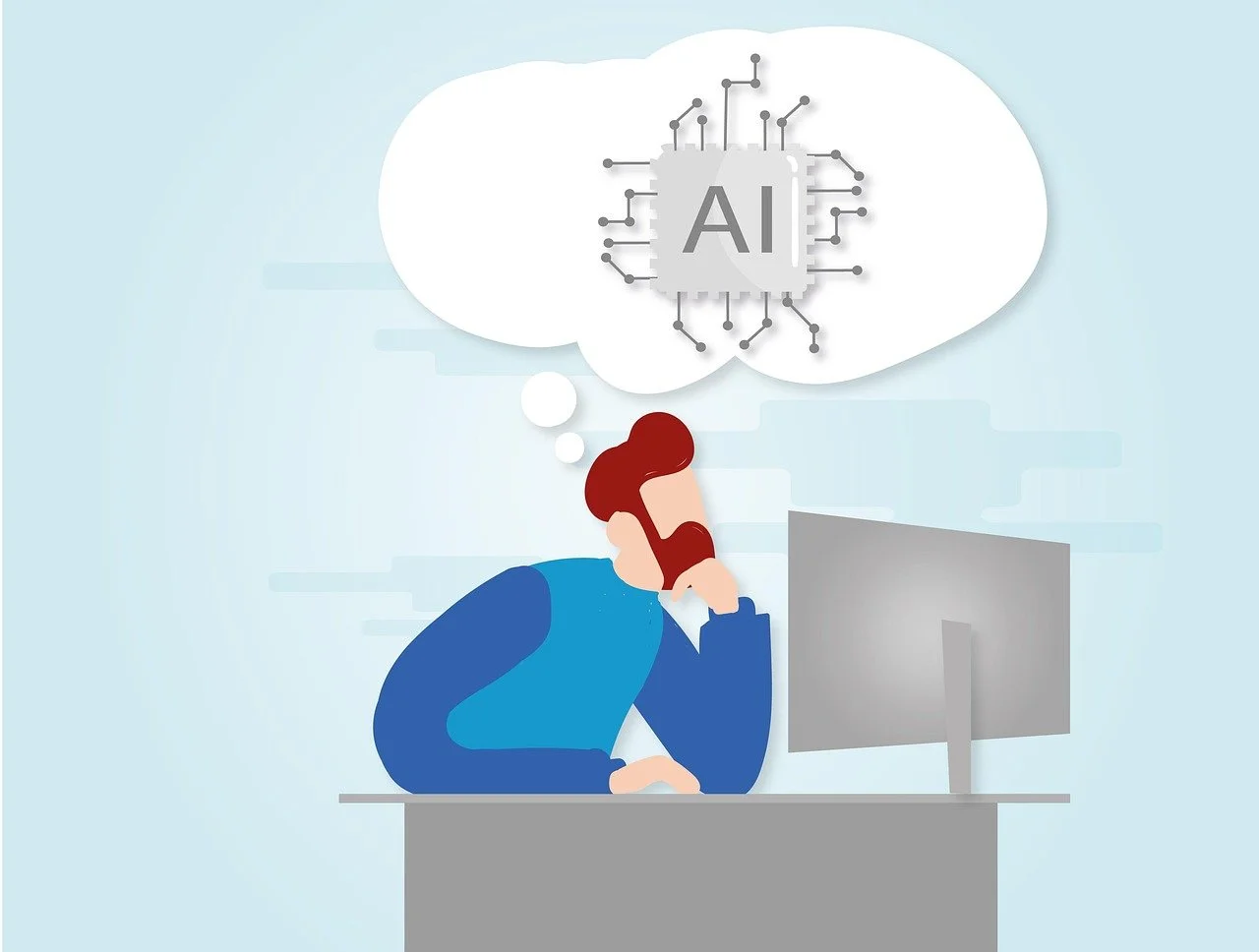Smarter sets, bolder stories: Why AI is the future of video production
AI in video production will not dull creativity; instead, it will empower storytelling, making the process collaborative, expressive and scalable.
In a darkened studio, a director calls for sunset on an alien planet. The scene around them transforms as a digital sky stretches across the LED wall, rendered in real time. An intelligent assistant adjusts the hues, refines the angle and synchronizes everything with the action on set. This isn’t science fiction. It’s the new reality of filmmaking, powered by AI.
As the founder of DOOR G, an independent virtual production studio in Rhode Island, I’ve had a front-row seat to this transformation. Virtual production is changing the way content is created. It enhances workflows, unlocks new creative potential and improves production efficiency in ways we never thought possible.
And when we add AI to the mix, it takes those capabilities to an entirely new level.
Myths & the real magic of AI
While some worry that AI might dull creativity or overshadow the artist’s voice, what I’ve seen on set tells a very different story. When used thoughtfully, AI doesn’t replace imagination; it expands it. It helps us move faster from idea to execution, and often sparks new creative directions we might not have considered. Machine learning can analyze everything from scripts to audience behavior and generate insights or visual concepts that help shape a story.
I’ve seen AI tools generate concept art in seconds, simulate lighting setups on the fly and even refine on-screen performances by blending multiple takes. One of the most well-known examples is Disney’s recreation of a young Luke Skywalker using AI-driven facial capture. That blend of human performance and machine precision delivered something both visually stunning and emotionally believable. It’s a reminder that, in the right hands, AI becomes a collaborator in the creative process.
Virtual production already allows us to film immersive digital environments live on set. But AI takes that ability even further. It can sort footage, color grade, sync audio and recommend optimal camera angles or lighting setups. We use AI-assisted tools to help design and build environments rapidly. Whether we’re creating a glowing skyline or an alien jungle, we can develop, iterate and finalize photoreal scenes quickly. AI helps with texture, layout, atmosphere and lighting adjustments, often in real time.

